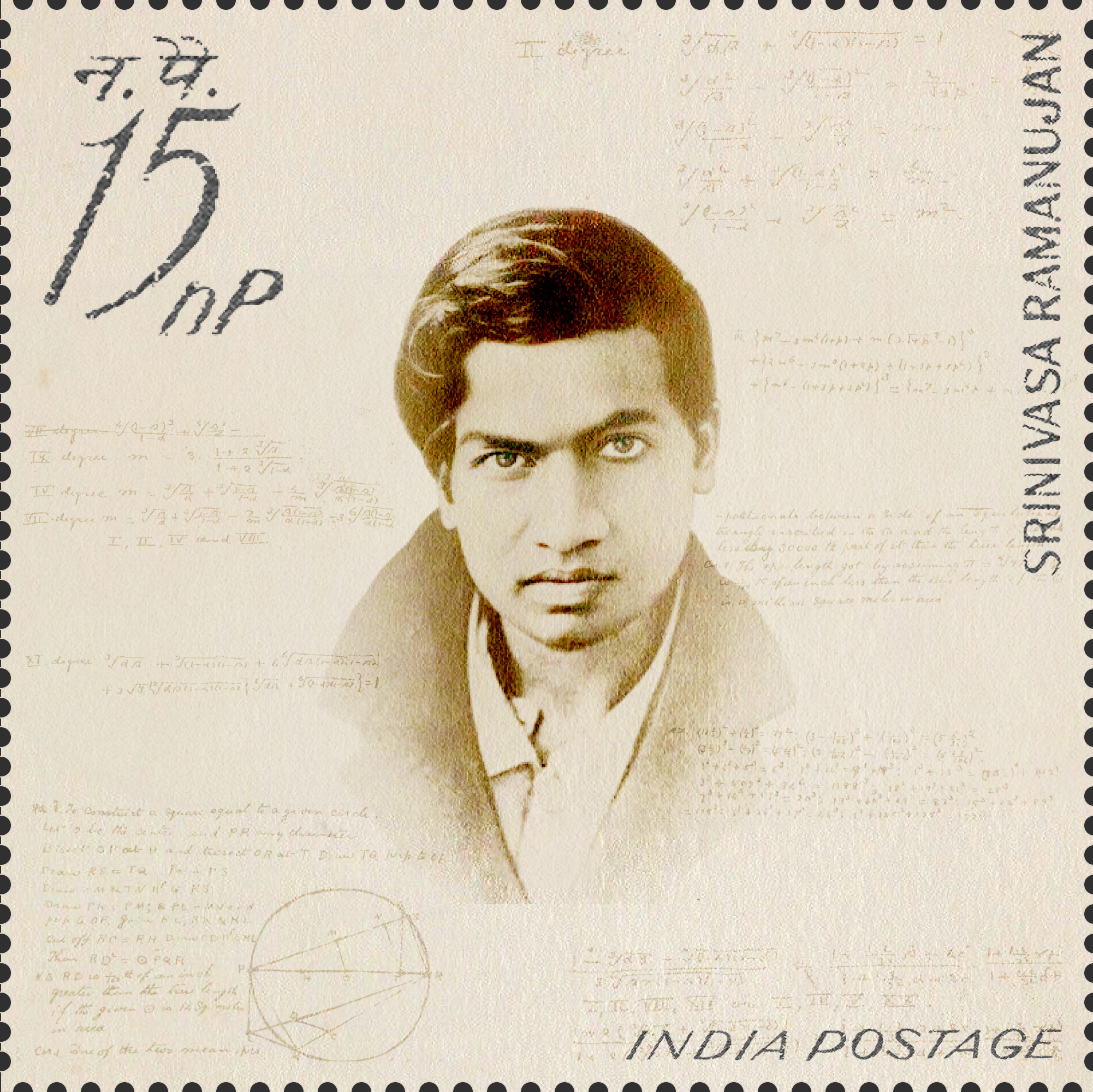Reviving a century-old collaboration between India and Britain’s mathematicians
Nature india, 12 Oct 2025
Nature India’s editor hails our Ramanujan Junior Researchers scheme, inspired by the friendship between Srinivasa Ramanujan and G.H. Hardy.
A century after Srinivasa Ramanujan crossed the seas to collaborate with G.H. Hardy at Cambridge, the London Institute for Mathematical Sciences (LIMS) has launched a programme inspired by their partnership that changed the course of modern mathematics.
Supported in part by India’s Department of Science and Technology, the Ramanujan Junior Researchers initiative will bring some of India’s brightest young mathematicians and theoretical physicists to London to work with international colleagues at the institute’s home in the former living quarters of the physicists Michael Faraday and Lawrence Bragg, inside the Royal Institution, within which LIMS operates as an independent organisation.
In its first phase, the JNCASR–LIMS Junior Visitors scheme will enable up to six doctoral students from Bengaluru’s Jawaharlal Nehru Centre for Advanced Scientific Research (JNCASR) to spend several months in London, attending lectures and conducting joint research. According to LIMS, future rounds of the programme are expected to expand beyond JNCASR to include other top Indian institutes such as the International Centre for Theoretical Sciences (ICTS) and others working at the frontiers of mathematical and physical theory.
A second phase will expand to Ramanujan Junior Fellowships, three-year posts for early-career Indian scientists seeking deeper collaboration. This phase remains unfunded at present, and LIMS is seeking philanthropic support.
“The work Ramanujan did with Hardy transformed the mathematical sciences,” said Thomas Fink, director of the London Institute. “That extraordinary friendship between an intuitive genius from India and a rigorous British analyst is the model for what we hope to rekindle — a bridge between two science superpowers.”
The effort, driven by India’s High Commissioner to the United Kingdom, Vikram Doraiswami, and former Principal Scientific Adviser, K. VijayRaghavan, comes just after UK Prime Minister Keir Starmer’s first official visit to India. In his address at the India–UK Fintech and Technology Forum, Starmer invoked the Hardy–Ramanujan collaboration as a symbol of what deep intellectual partnerships between the two nations can achieve.
The choice of Ramanujan as the programme’s emblem is deliberate. When the 25-year-old clerk from Madras sent Hardy his startling theorems in 1913, the British mathematician famously declared them to be “scarcely possible to believe.” Ramanujan’s journey to Cambridge, where he and Hardy published results that still underpin analytic number theory, became an enduring symbol of cross-cultural discovery — of intuition meeting logic, east meeting west.
The latest initiative carries that legacy forward in institutional form. It also builds on the London Institute’s earlier fellowship programmes for researchers from Russia and Ukraine, broadening its mission to support scientific talent across borders, Fink said.
“The story of Hardy and Ramanujan reminds us that science advances not through isolation, but through friendship and dialogue,” said Doraiswami. “This programme will give young Indian scientists the same chance Ramanujan once had — to test their ideas in the world’s most stimulating environments.”















